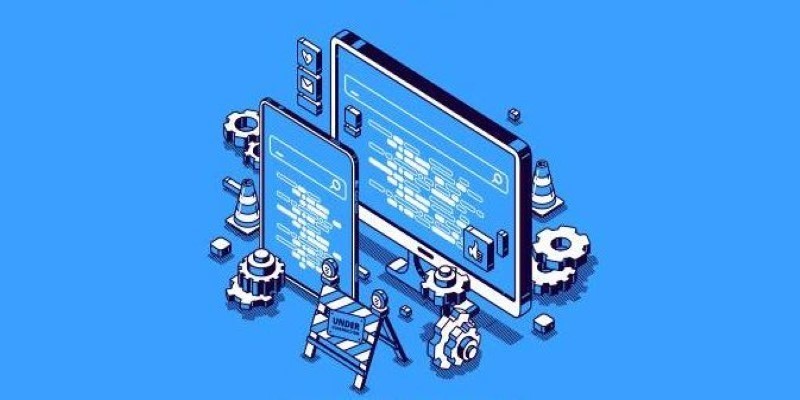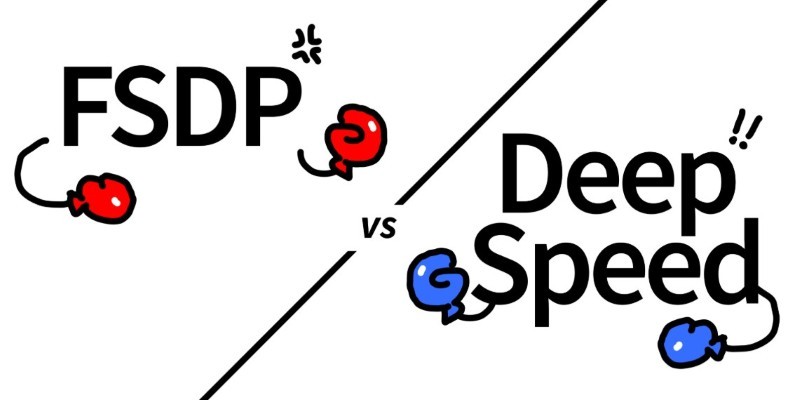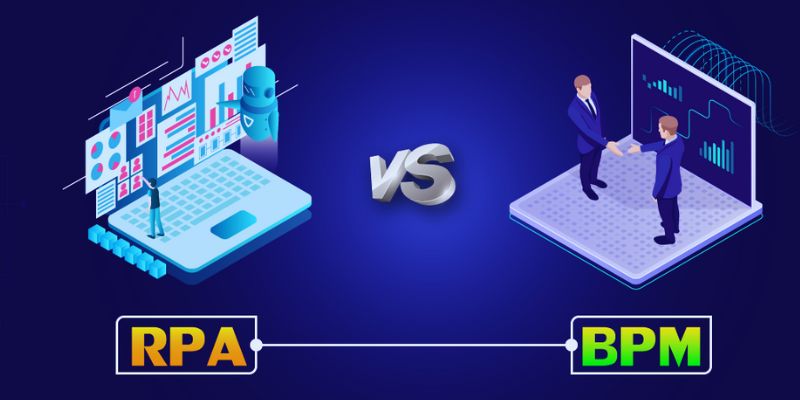Advertisement
Training large language models used to be reserved for researchers with access to massive computing power and custom infrastructure. Now, with open tools like Hugging Face Accelerate, a new generation of developers and data scientists can run scalable training pipelines on their terms.
But what happens when you want to push the limits—when the model doesn't fit in memory, or the training takes too long? This is where backend options, such as Fully Sharded Data Parallel (FSDP) and DeepSpeed, come in. Understanding how these two work under Accelerate can be the difference between frustration and success.
Accelerate isn’t a deep learning framework. It’s a thin wrapper that helps you write PyTorch training code that can run on any number of devices—whether that’s a single GPU, multiple GPUs, or across multiple nodes. What makes it special is how it lets you choose your distribution strategy by just flipping a flag in your config. For anyone who’s struggled to write distributed PyTorch code by hand, Accelerate feels like a shortcut you can actually trust.
Under the hood, Accelerate can plug into several backends—these are the engines that do the actual heavy lifting. The main ones are FSDP and DeepSpeed. They both aim to solve similar problems, like reducing memory usage or speeding up training. But the way they go about it is very different, and each has trade-offs you should understand before choosing one.
Fully Sharded Data Parallel, or FSDP, is part of PyTorch itself. The idea is simple: instead of keeping a full copy of your model on every GPU, you split both the model and its optimizer state across GPUs. When it's time to compute gradients or update weights, FSDP gathers what it needs, does the math, and then scatters the results back.

One of the biggest advantages of FSDP is memory savings. Since no GPU ever holds the full model, you can train much larger models than you normally could. It also plays nicely with mixed precision (thanks to PyTorch’s native AMP support), and with the right setup, it can lead to faster training.
But FSDP isn’t magic. It comes with a learning curve. You need to wrap your model in the right way—sometimes layer by layer if you want more control. It’s also sensitive to where and when you wrap your model. Wrap too late, and you miss out on memory savings. Wrap too early, and performance suffers. Accelerate helps simplify this by giving you the option to apply automatic wrapping based on policies, but knowing what's happening under the hood still matters.
Another challenge is that FSDP expects homogeneous hardware. It’s not designed for variable GPU memory or mixing old and new devices. So, if you're working on a multi-GPU rig with uneven specs, FSDP might not be the right fit.
DeepSpeed takes a broader approach. Developed by Microsoft, it's more than just a memory optimizer. It includes features such as optimiser offloading, model parallelism, ZeRO redundancy elimination, and even sparse attention modules. If FSDP is a precision tool, DeepSpeed is an all-in-one toolbox.
When used with Accelerate, DeepSpeed lets you configure everything from offloading optimizer states to CPU to enabling ZeRO Stage 3 (which shards the model, gradients, and optimizer states across GPUs). This means DeepSpeed can train truly massive models—models that would otherwise crash a typical GPU setup.
One key benefit is its flexibility. With just a few lines in a JSON config, you can toggle various strategies without rewriting your training loop. It also supports gradient checkpointing and offloading, which can reduce memory usage even more than FSDP in some scenarios.
However, DeepSpeed isn't without trade-offs. Its integration with native PyTorch features, such as AMP, is sometimes less smooth than FSDP. And while the configuration system is powerful, it can also be confusing. One misplaced flag can lead to silent performance issues. Debugging DeepSpeed setups often involves scanning through verbose logs and deciphering low-level behaviours.
DeepSpeed is also more tolerant of uneven hardware than FSDP. It has better handling of CPU offloading and can adapt more gracefully to less-than-ideal environments. This makes it a strong candidate for users who don’t have symmetrical multi-GPU setups.
If you're using Hugging Face Accelerate, the good news is you don’t have to fully commit upfront. Switching between FSDP and DeepSpeed mostly involves changing your accelerate_config.yaml and possibly adjusting a few flags in your training script. That said, knowing which one suits your workload better can save hours—or days—of tinkering.

FSDP tends to shine in cleaner environments where you control the GPU memory and hardware. It gives you better native integration with PyTorch features and, once set up properly, can offer a great mix of speed and efficiency. If you’re already familiar with PyTorch’s internals, FSDP might feel more predictable.
DeepSpeed is ideal when you need more aggressive memory management or want to use CPU offloading to squeeze more out of limited hardware. It's also more resilient to weird edge cases and has a larger toolkit for customization. If your model is so large that it won’t fit in memory even with FSDP, DeepSpeed might be your only option without resorting to model pruning.
Another factor is community and documentation. FSDP, being part of PyTorch, often has clearer official docs and better support for standard workflows. DeepSpeed, while well-maintained, moves faster and introduces breaking changes more often. Keeping up with its updates can feel like a part-time job.
Hugging Face Accelerate simplifies the setup for both, but it doesn’t erase their fundamental differences. You’ll still need to understand what your model needs—memory, speed, resilience—and match that to what each backend offers.
Hugging Face Accelerate makes it easier to experiment with advanced backends, such as FSDP and DeepSpeed. The right choice depends on your setup and goals—FSDP offers strong integration with PyTorch, while DeepSpeed provides more flexibility for large-scale models. Both have distinct strengths. With a solid grasp of their differences, you can train larger models more efficiently without rewriting your training loop or dealing with complicated distributed code from scratch.
Advertisement

How the hill climbing algorithm in AI works, its different types, strengths, and weaknesses. Discover how this local search algorithm solves complex problems using a simple approach

Artificial intelligence accurately predicted the Philadelphia Eagles’ Super Bowl victory while a quantum-enhanced large language model launched, showcasing AI’s growing impact in sports and technology

Discover how AI in the construction industry empowers smarter workflows through Industry 4.0 construction technology advances

Explore how generative AI transforms content, design, healthcare, and code development with practical tools and use cases

How Hugging Face Accelerate works with FSDP and DeepSpeed to streamline large-scale model training. Learn the differences, strengths, and real-world use cases of each backend

What happens when an automaker lets driverless cars loose on public roads? Nissan is testing that out in Japan with its latest AI-powered autonomous driving system

How agentic AI is driving sophisticated cyberattacks and how the UK AI Opportunities Action Plan is shaping industry reactions to these risks and opportunities

How AI is shaping the 2025 Masters Tournament with IBM’s enhanced features and how Meta’s Llama 4 models are redefining open-source innovation

What happens when blockchain meets robotics? A surprising move from a blockchain firm is turning heads in the AI industry. Here's what it means

What a Director of Machine Learning Insights does, how they shape decisions, and why this role is critical for any business using a machine learning strategy at scale

Learn key differences between RPA and BPM to enhance workflow automation strategy and boost enterprise process efficiency

Explore how multimodal GenAI is reshaping industries by boosting creativity, speed, and smarter human-machine interaction